Best soil for repotting a Monstera?
californiascout
7 years ago
Featured Answer
Comments (40)
Brett Reilly
7 years agocaliforniascout
7 years agoRelated Discussions
Best soil condition for repotting?
Comments (2)Joel - if the roots don't come out in a cohesive mass, the plant probably doesn't need repotting. Where the soil moisture level should be depends on your intent. If you intend to do a complete or partial repot (different than potting-up) where all or parts of the soil are removed, it's better to have the soil on the dry side so it separates from the roots easily. Work quickly & as soon as soil is removed, wet the roots. Fine rootage dies very quickly with exposure to the drying effects of air. If your intent is only to pot-up, the roots can be well dampened or moist when you move the plants to a new home in the next size container. Al...See MoreNew monstera and sansevieria in very moisture-retentive soil
Comments (4)Ok, it's been 18 days since I brought this Monstera home. Still haven't watered it, and a dowel test shows that only the top inch of the soil is dry. I guess I keep holding off on water until it's dry a bit further down?...See MoreShould I repot my Monstera again or no?
Comments (0)Hello Plant people. So I just realized that I have repotted my monstera on a mix with a (Garden soil / Coco coir / Vermi compost / Chicken manure and Pumice. Should I repot it to a different mix without a garden soil or should I just leave it at that? I've heard that garden soil can be compact so im worried that I might kill my monstera. It's planted on a clay pot, if that helps the situation. I just repotted it yesterday and im afraid I might kill it or stress out the plant too much if I do it again....See MoreWhat is the best soil to use when repotting a zz plant?
Comments (5)What it says ON the package is insignificant when compared to what's IN the package. Container media are all (ok, nearly all) about their structure and their ability to retain that structure for the intended life of the planting, which would be from repot to repot or the interval between dividing plants that are normally divided rather than repotted. When we talk about structure, we're talking about the soil's ability to hold air and water in a ratio favorable enough that your plant won't suffer from prolonged periods of soil saturation if you water to beyond the point of saturation. If you cannot water correctly without your plant(s) suffering, you'll be in a constant battle with your choice of media for control of your plants' vitality. This is the biggest stumbling block the average container gardener encounters and the the one apt to be the most limiting. A good medium makes for healthier plants, far less frustration for the gardener, a greater sense of satisfaction and personal rewards for the gardener, and the other aspects essential if plants are to realize a high state of vitality (like nutritional supplementation) fall into place with much less fussing about. There ARE very simple ways to limit the effects of excess water retention by limiting the amount of excess water a medium can hold, but the best way is to build (or buy if you can) a medium that naturally holds very little excess water. By nature, these media will be very fast-draining and well-aerated, which gives them a considerable leg up on other media that hold a lot of excess water. Not sure how interested you are in digging deeper; but, if you have questions, just ask. Al...See MoreLauren (Zone 9a)
7 years agoDave
7 years agoLauren (Zone 9a)
7 years agotapla (mid-Michigan, USDA z5b-6a)
7 years agoLauren (Zone 9a)
7 years agoLauren (Zone 9a)
7 years agotapla (mid-Michigan, USDA z5b-6a)
7 years agoPhoto Synthesis
7 years agolast modified: 7 years agocaliforniascout
7 years agoPhoto Synthesis
7 years agoLauren (Zone 9a)
7 years agoRebecca
5 years agotapla (mid-Michigan, USDA z5b-6a)
5 years agoSugi_C (Las Vegas, NV)
5 years agoRebecca
5 years agoRebecca
5 years agotapla (mid-Michigan, USDA z5b-6a)
5 years agoTrudy Chen
4 years agotapla (mid-Michigan, USDA z5b-6a)
4 years agoTrudy Chen
4 years agoTom H
4 years agoTrudy Chen
4 years agoniamia
4 years agoTom H
4 years agoniamia
4 years agoniamia
4 years agoTony Lo
3 years agolast modified: 3 years agotapla (mid-Michigan, USDA z5b-6a)
3 years agoTom H
3 years agotapla (mid-Michigan, USDA z5b-6a)
3 years agolast modified: 3 years agoTom H
3 years agotapla (mid-Michigan, USDA z5b-6a)
3 years agoTom H
3 years agotapla (mid-Michigan, USDA z5b-6a)
3 years agoTom H
3 years agotapla (mid-Michigan, USDA z5b-6a)
3 years agoTony Lo
3 years ago
Related Stories

GARDENING GUIDESCommon Myths That May Be Hurting Your Garden
Discover the truth about fertilizer, soil, staking and more to keep your plants healthy and happy
Full Story
GARDENING GUIDESGarden Myths to Debunk as You Dig This Fall and Rest Over Winter
Termites hate wood mulch, don’t amend soil for trees, avoid gravel in planters — and more nuggets of garden wisdom
Full Story
HOUSEPLANTSMother-in-Law's Tongue: Surprisingly Easy to Please
This low-maintenance, high-impact houseplant fits in with any design and can clear the air, too
Full Story
HOUSEPLANTSSee How Fiddleleaf Fig Trees Can Liven Up Your Decor
The tropical houseplant with big green leaves adds a cheerful and striking design element to rooms
Full Story
HOUSEPLANTS8 Essentials for Healthy Indoor Plants
Houseplants add so much to our homes — and can thrive when grown in the right conditions. Keep these tips in mind
Full Story
FARM YOUR YARDHow to Grow Vegetables in Containers
Get glorious vegetables and fruits on your patio with a pro’s guidance — including his personal recipe for potting mix
Full Story
HOUSEPLANTSHow to Force Amaryllis Bulbs Indoors
Enjoy vibrant red blossoms even as gardens turn snowy white, by teaching this hardy repeat performer to ignore the calendar
Full Story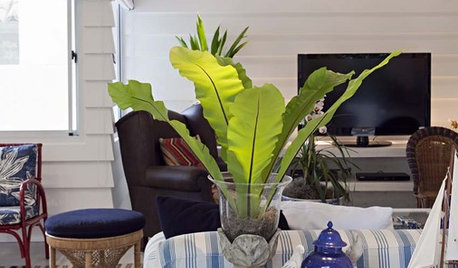
HOUSEPLANTSGet a Tropical Splash With a Bird's Nest Fern
Sword-shaped leaves make this fern a stunning accent — and you can even mount it on wood for a wall hanging
Full Story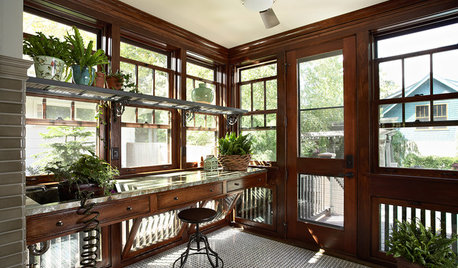
WINTER GARDENINGWinter Gardening: Ideas for a Dream Potting Room
Check out potting rooms that get indoor gardening right — and learn tips for creating your own
Full Story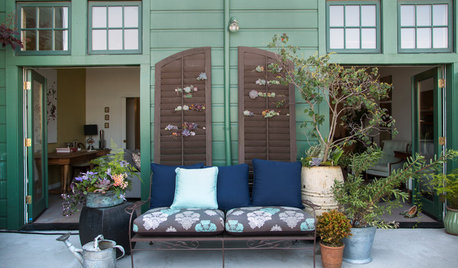
URBAN GARDENS9 Creative Ways With Plants, No Yard Required
See how designers and homeowners cleverly incorporate container gardens into their home designs
Full Story



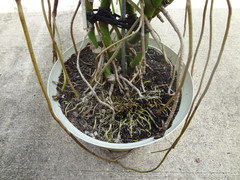

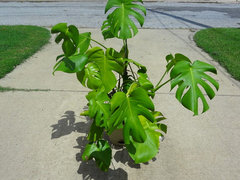
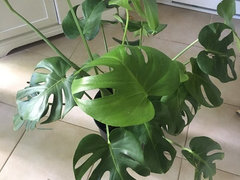





tapla (mid-Michigan, USDA z5b-6a)